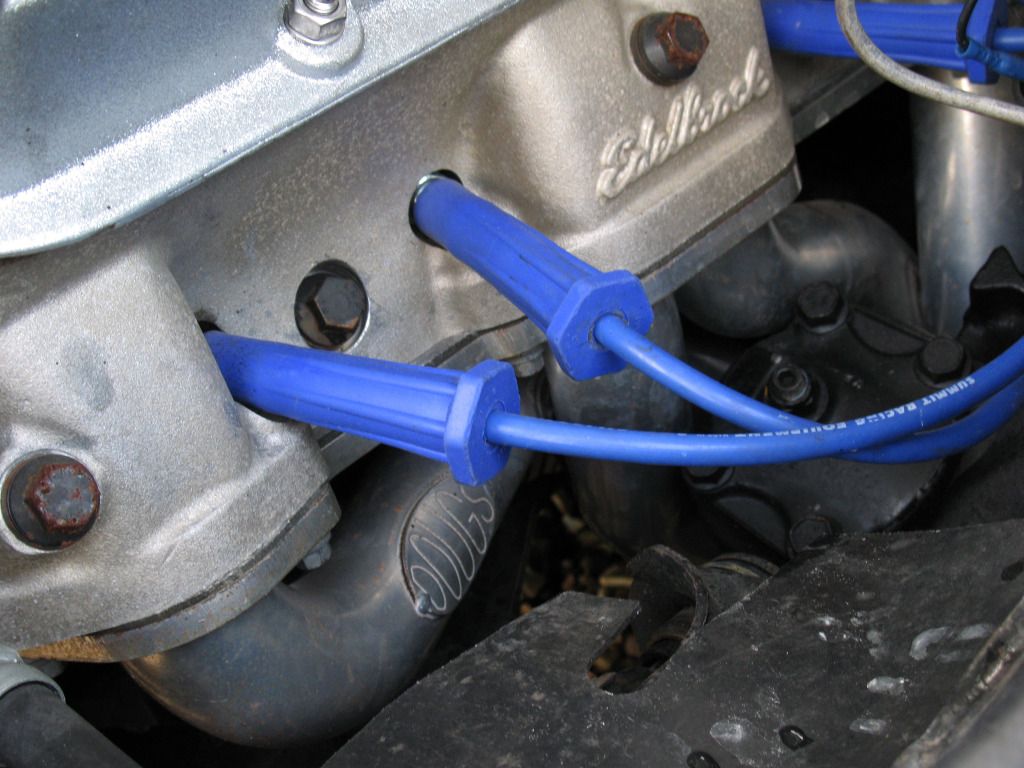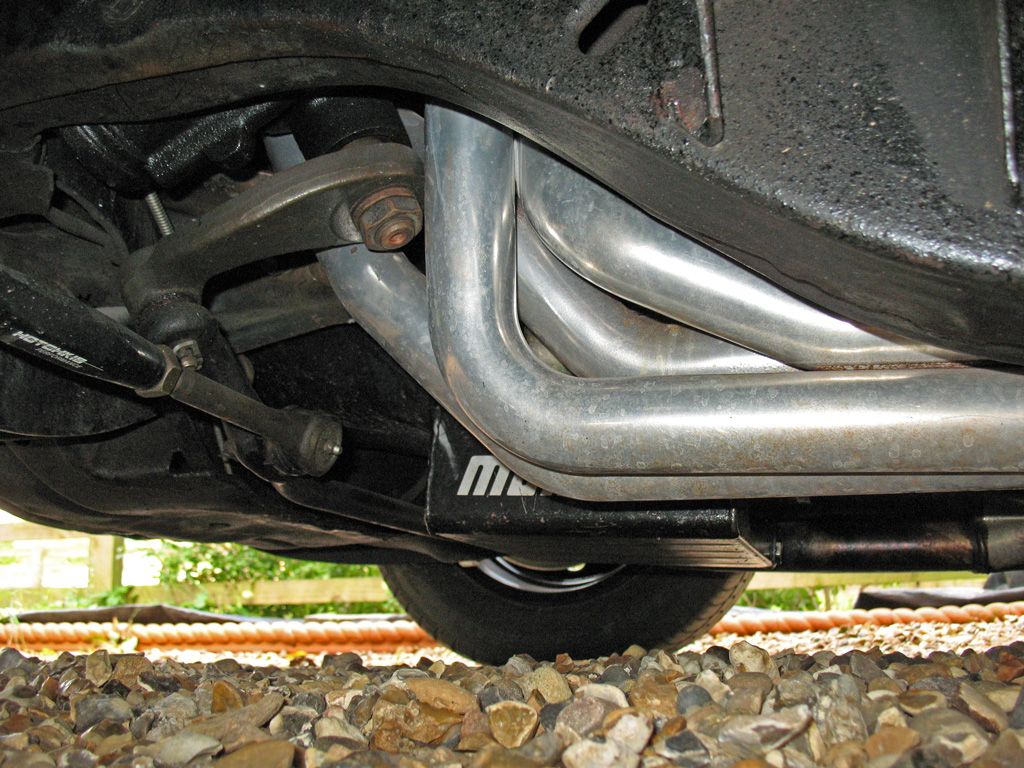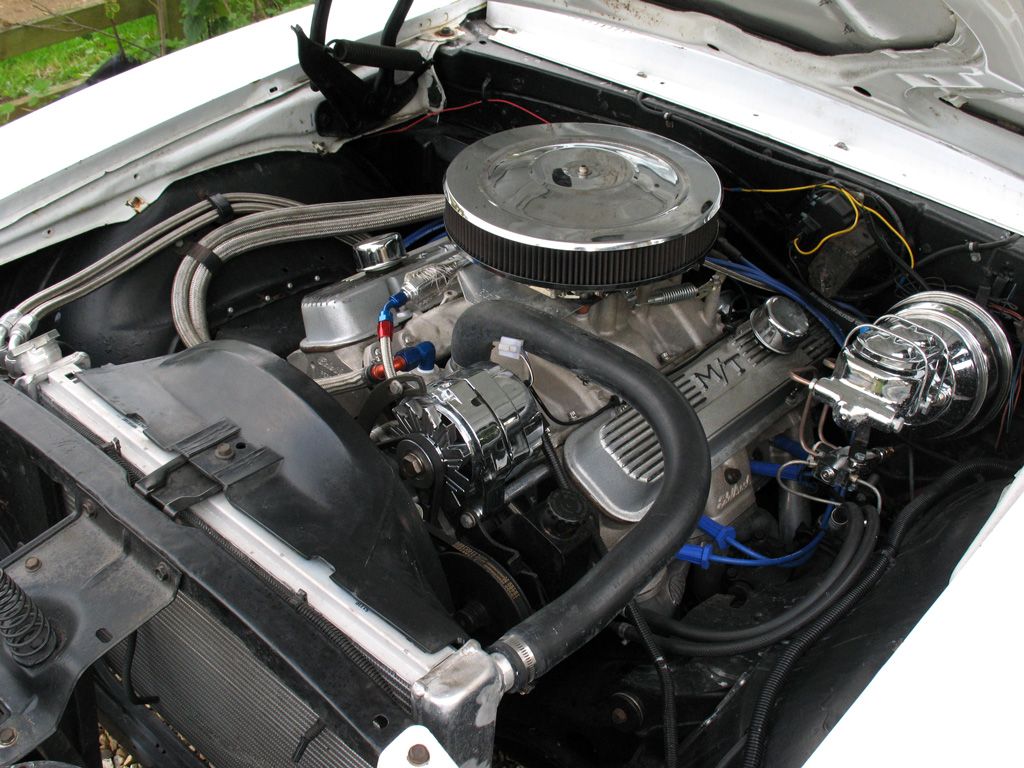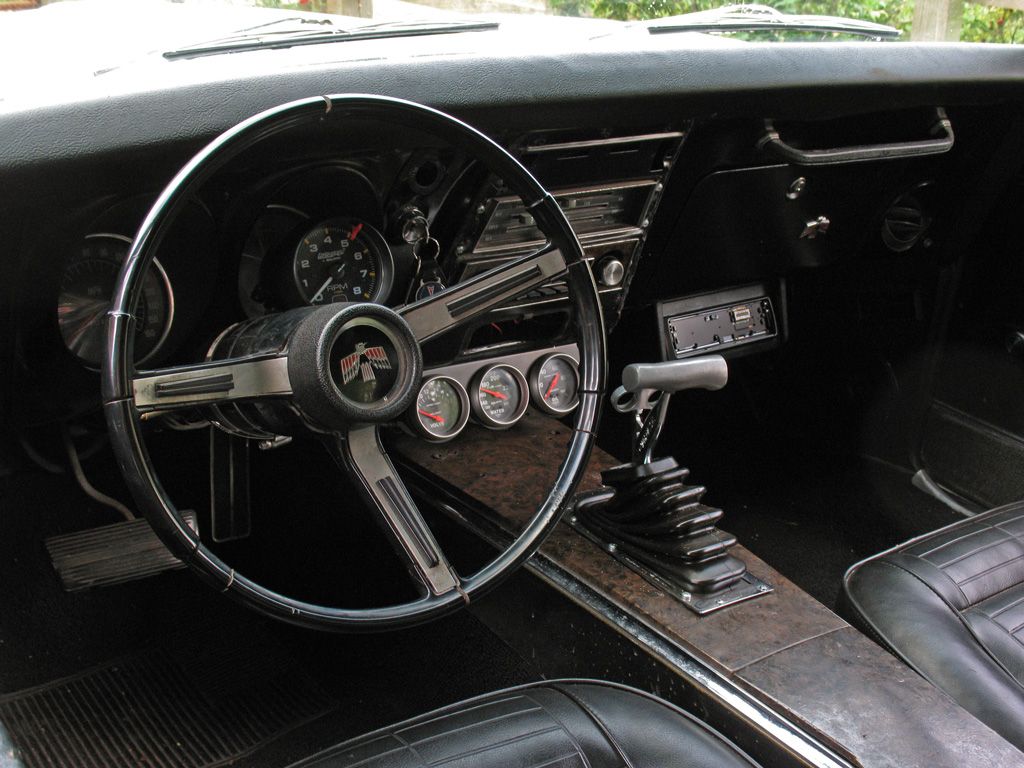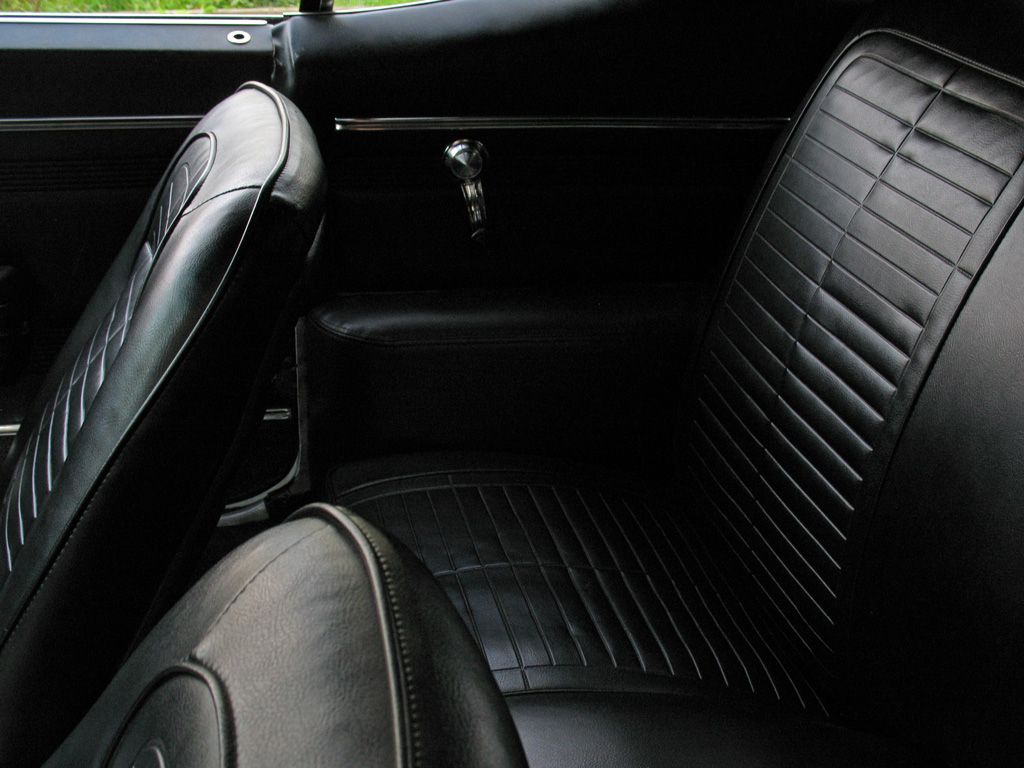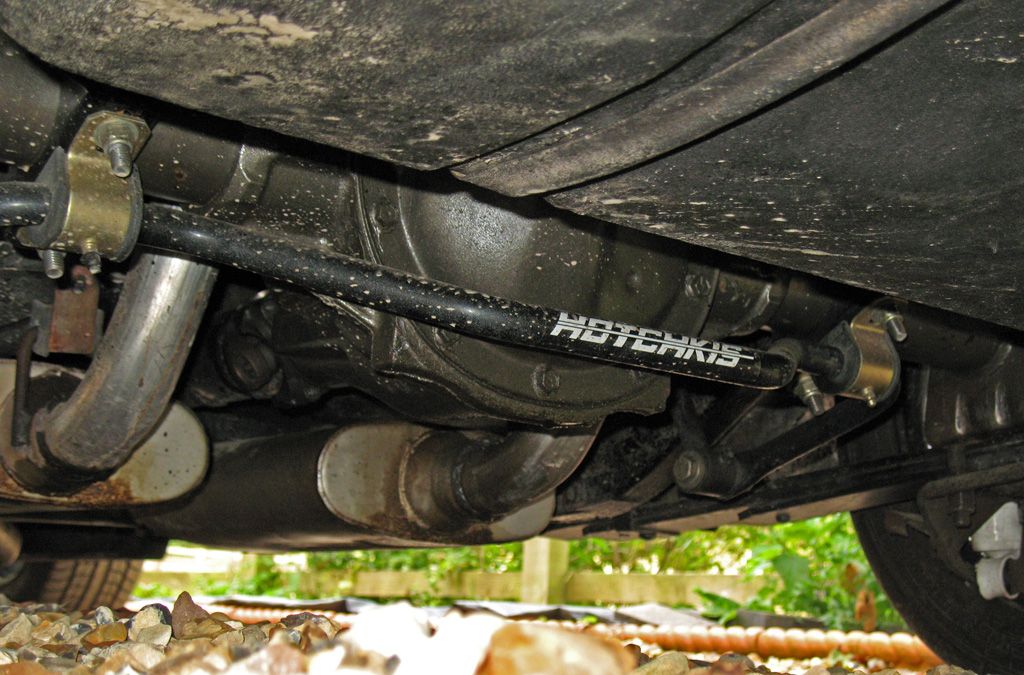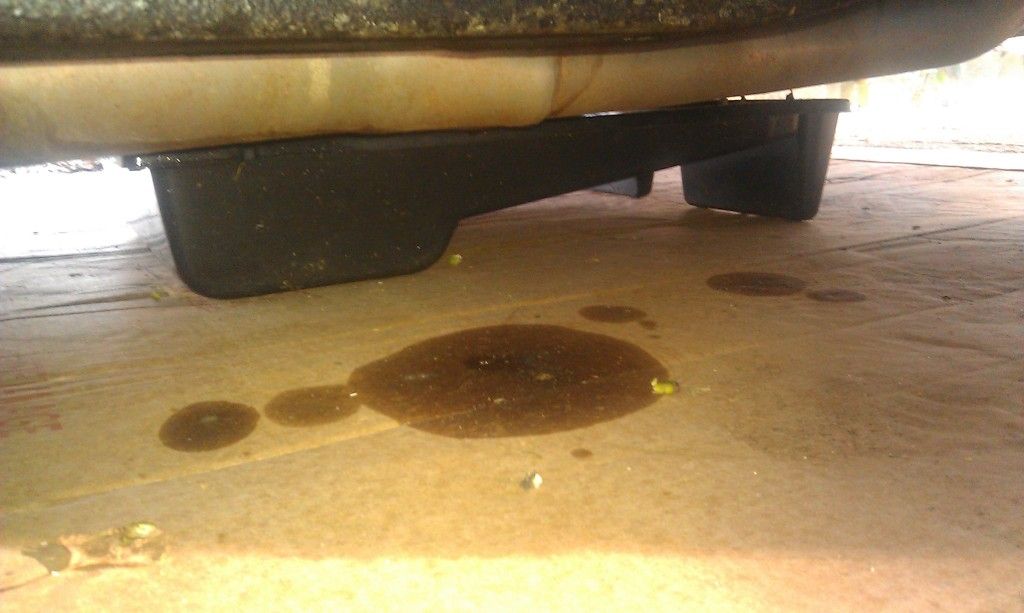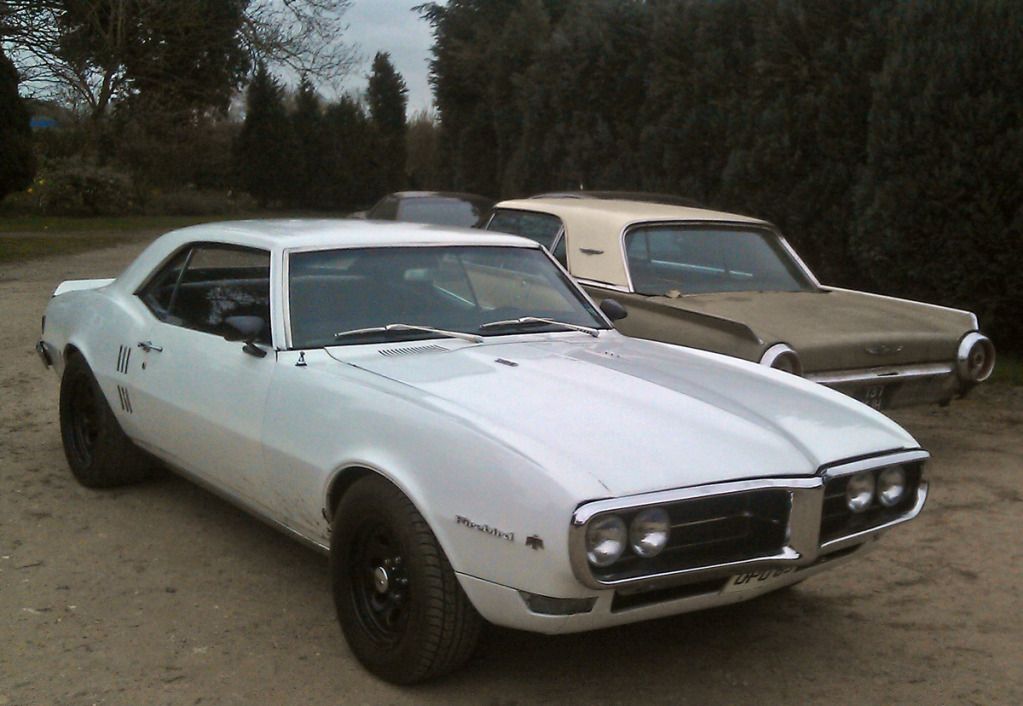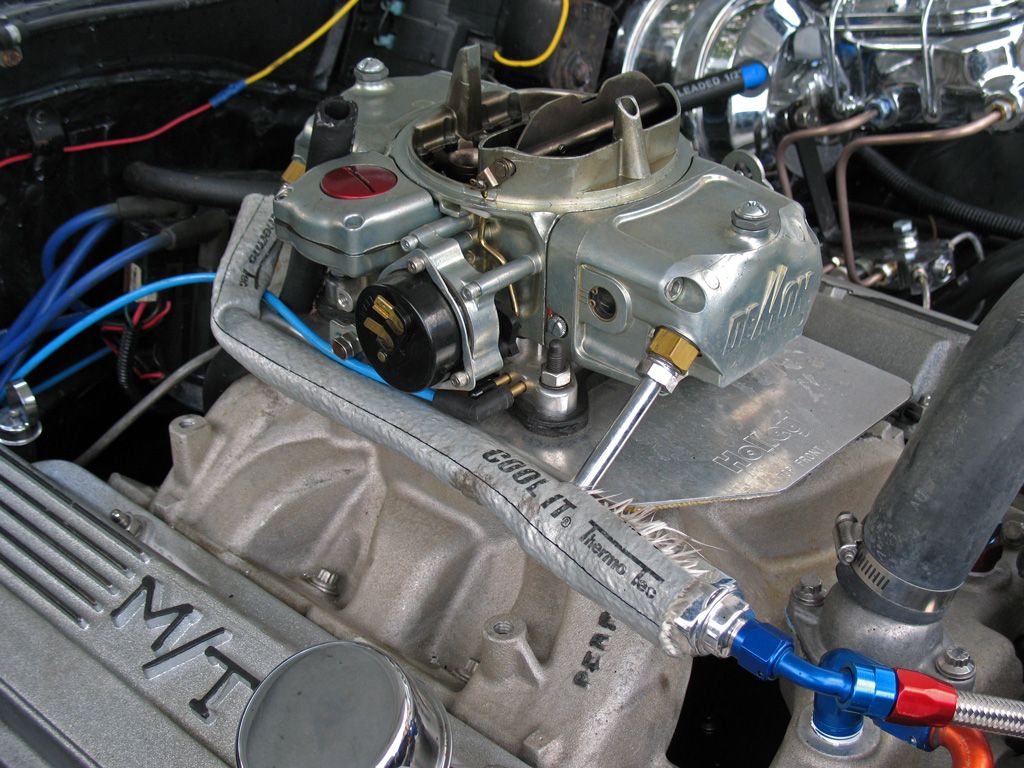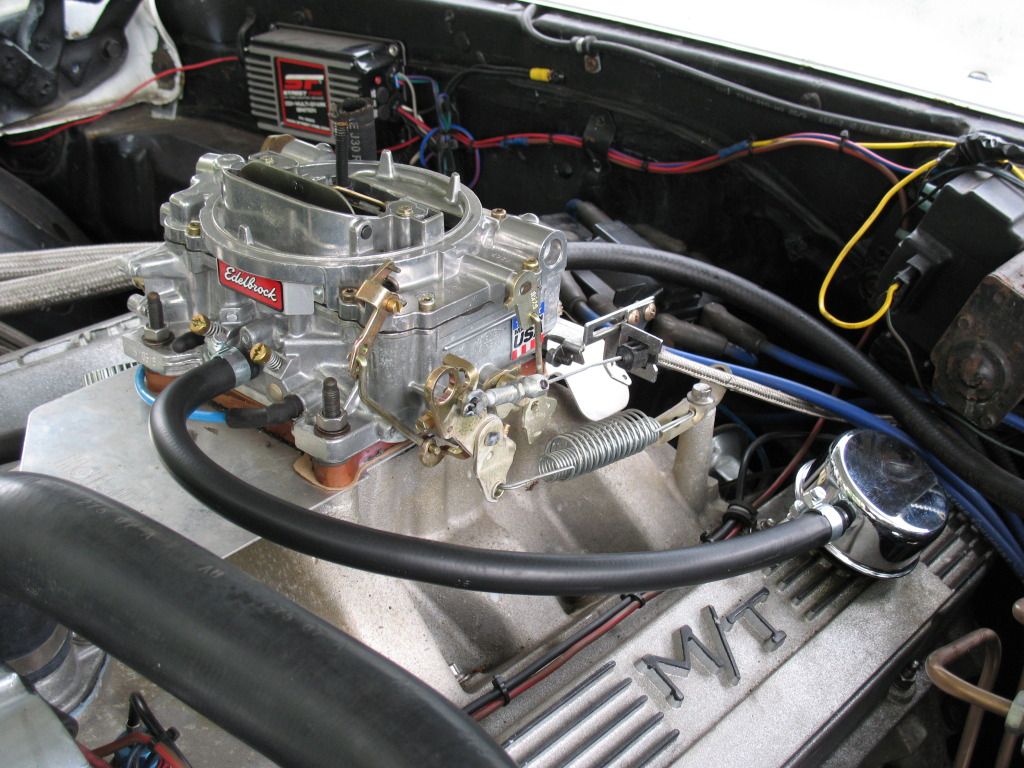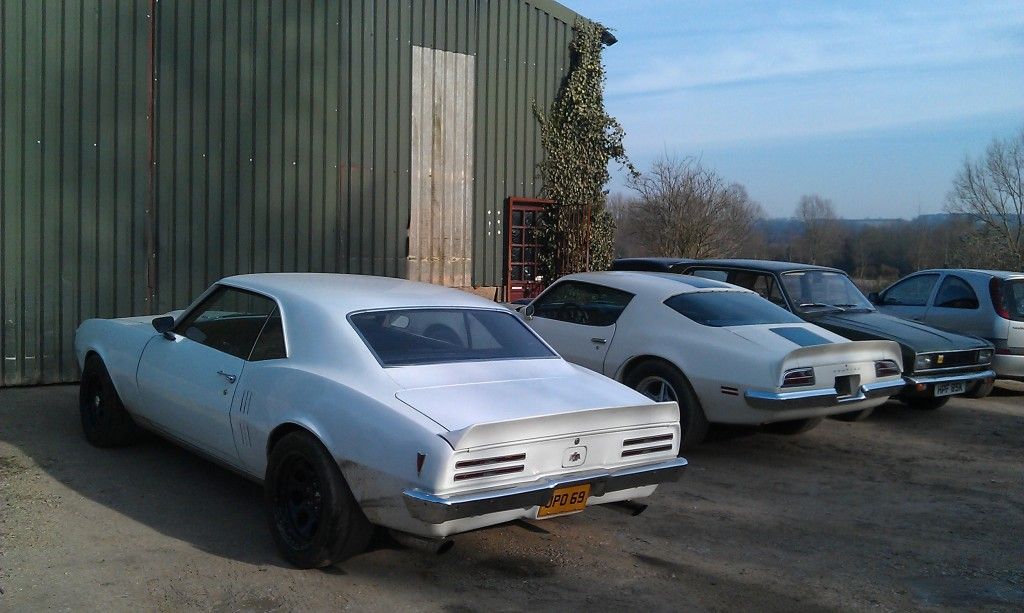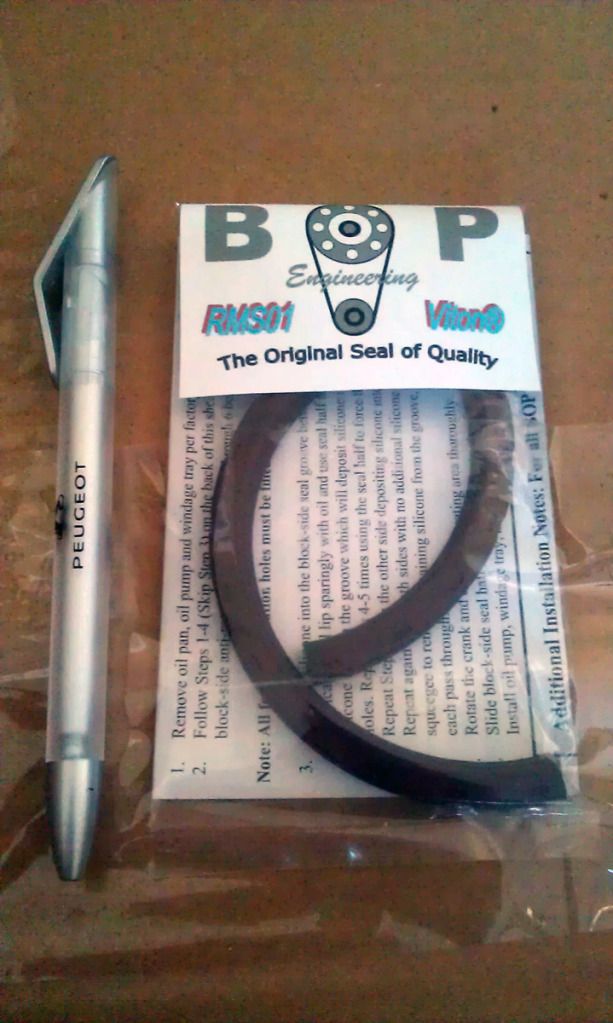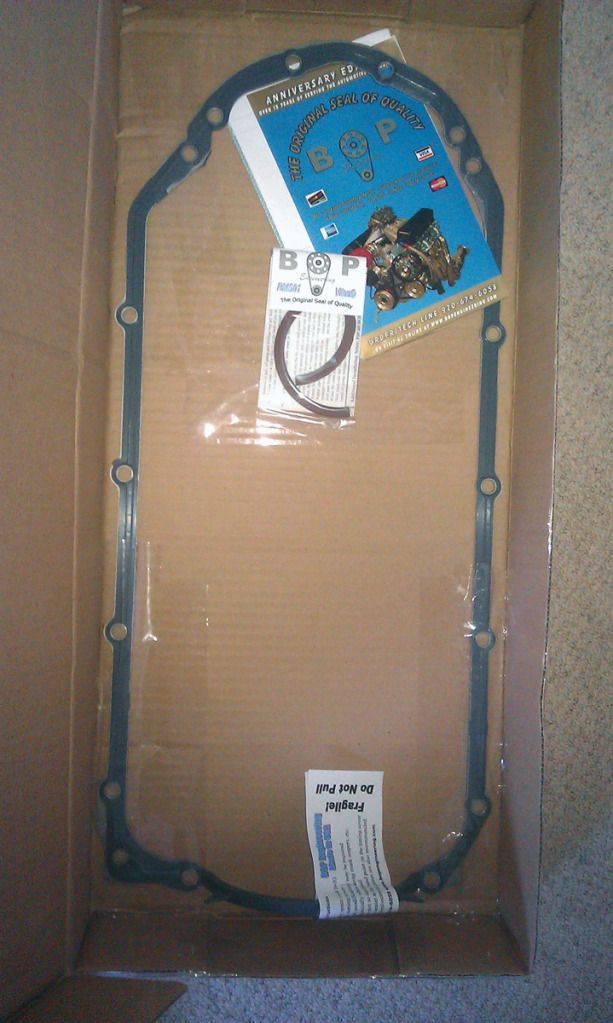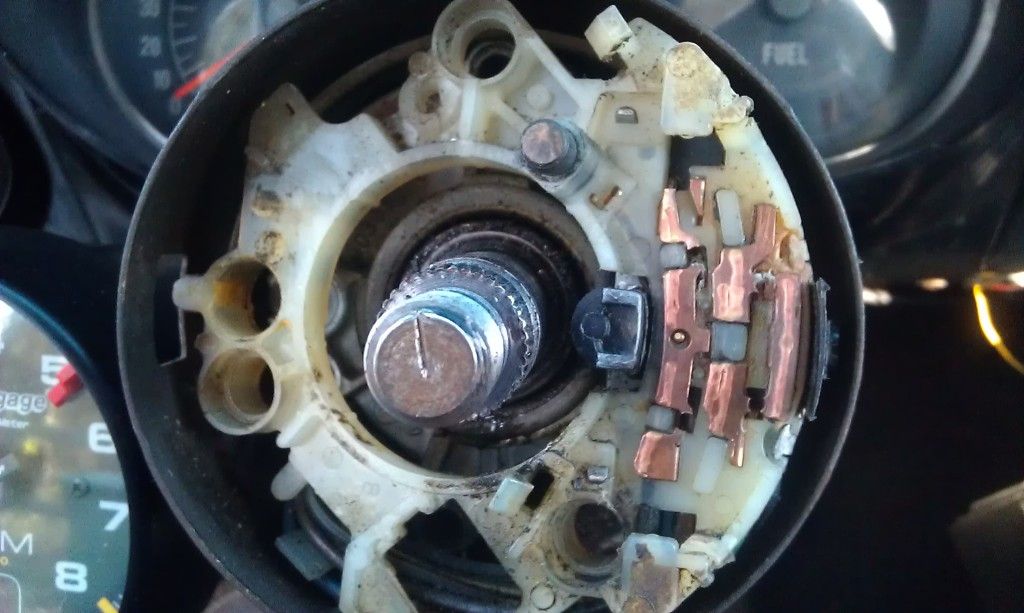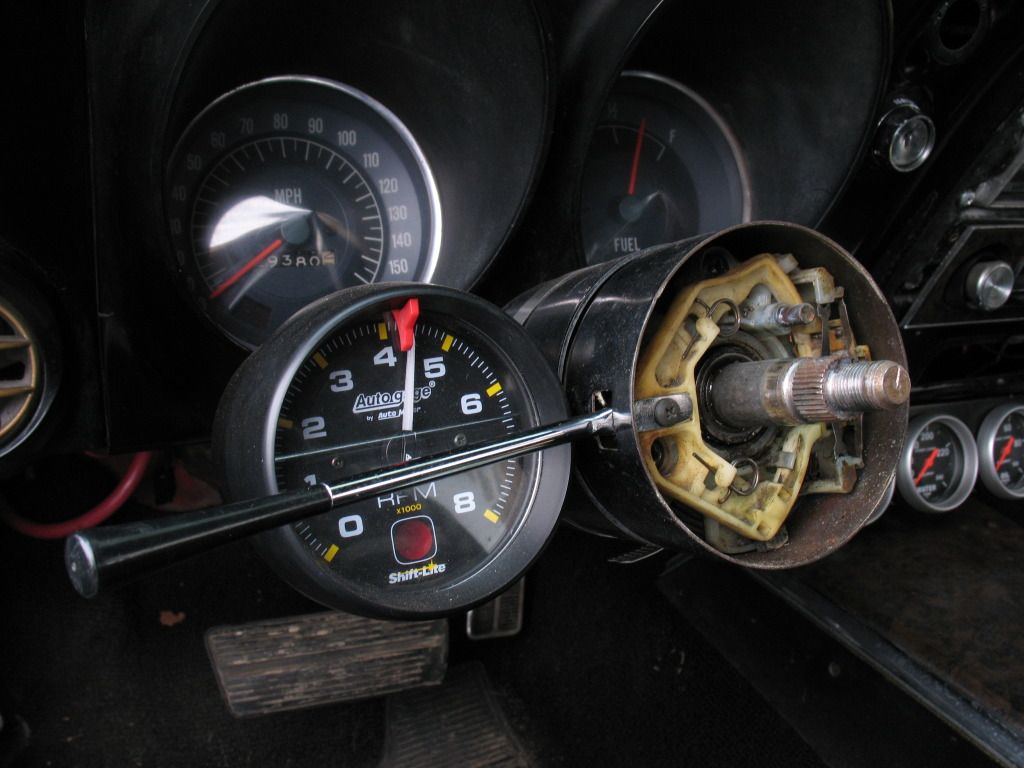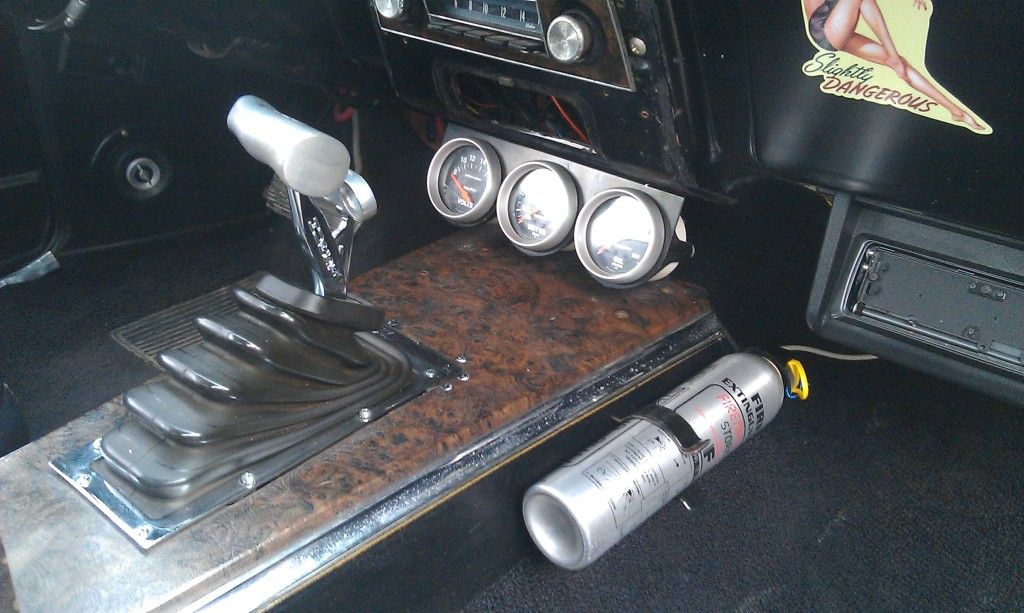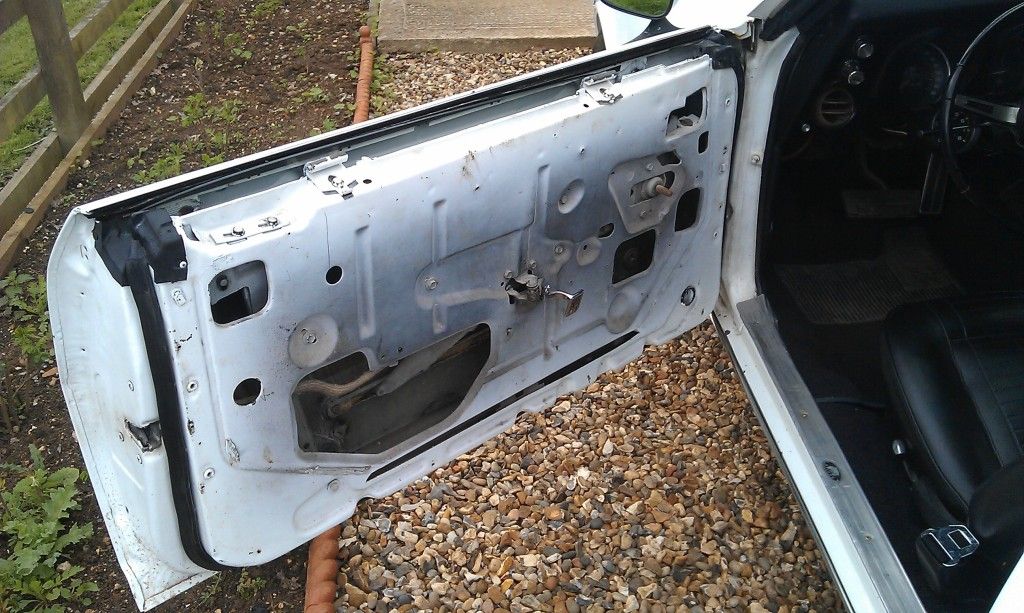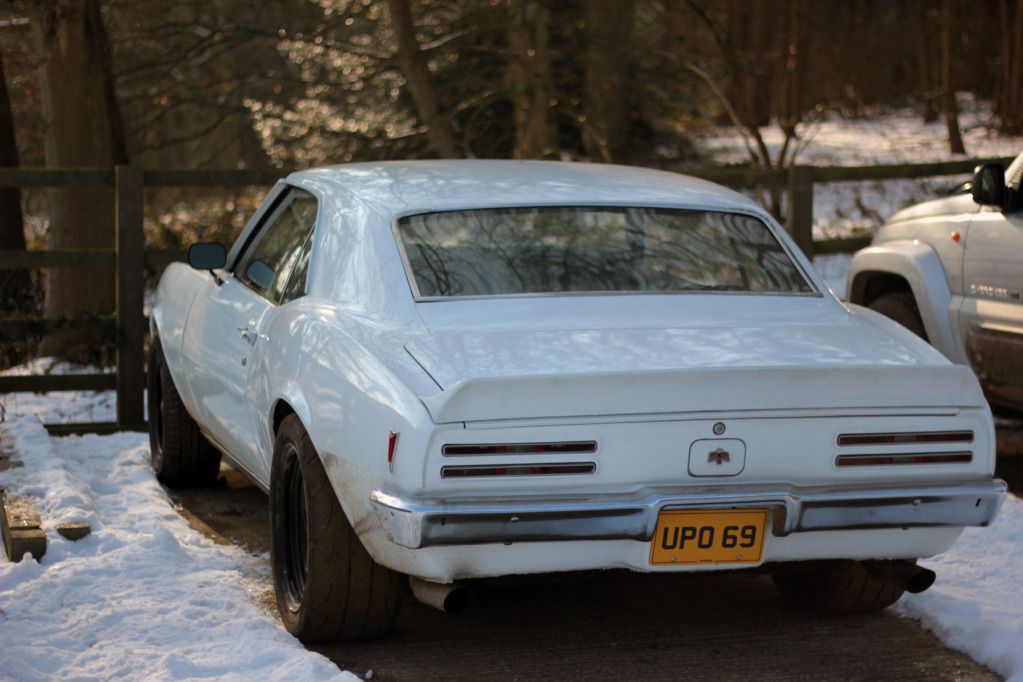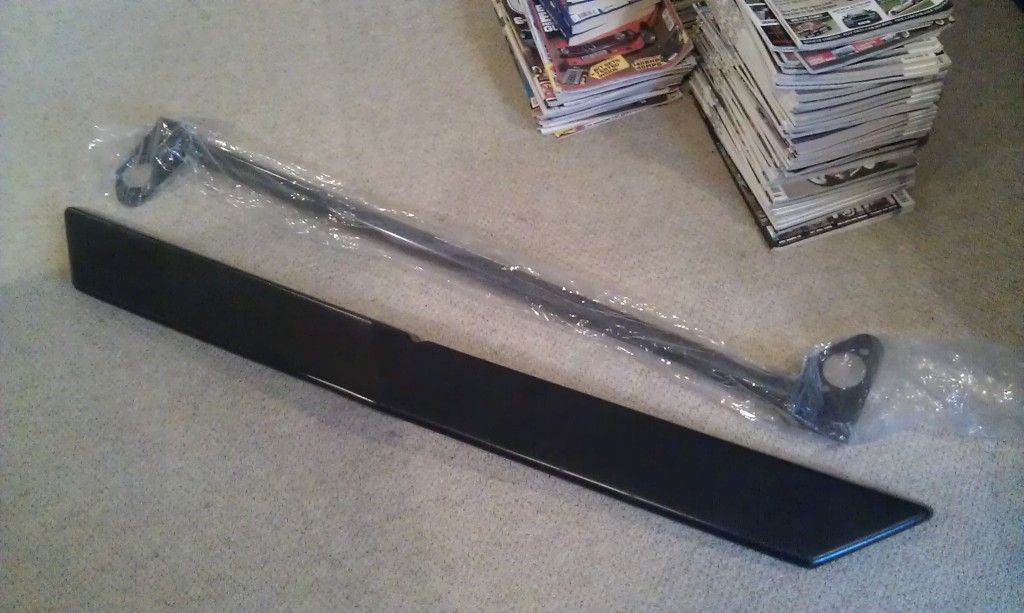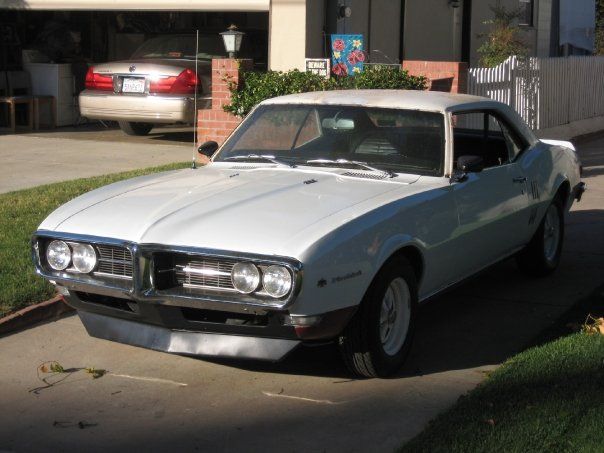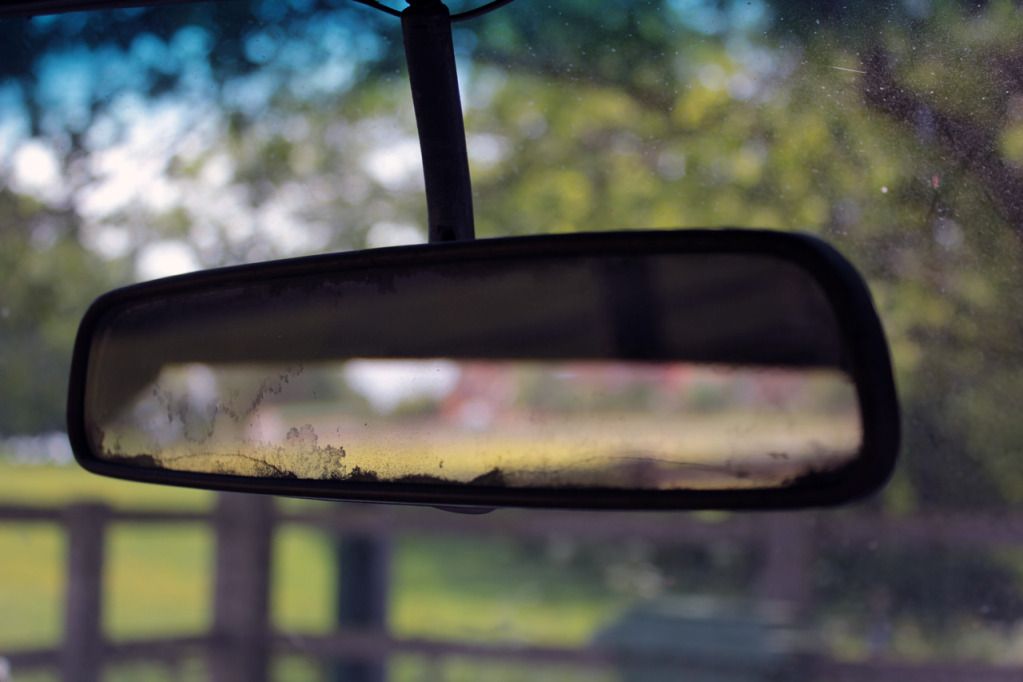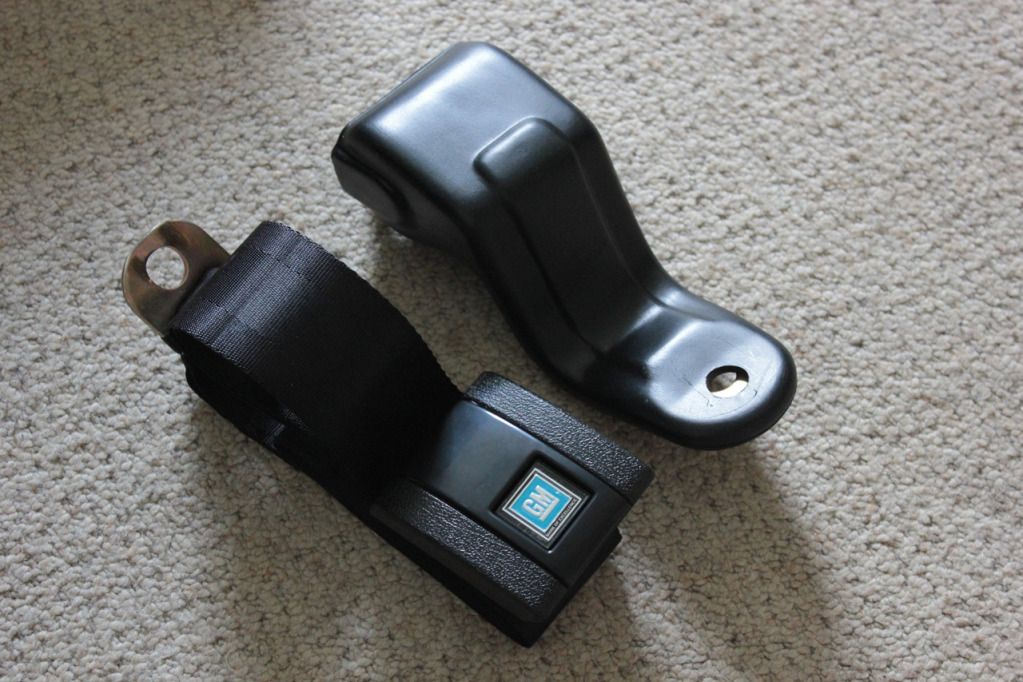Cheers

When I bought it there were three major problems that needed sorting:
- The rear differential, despite being new, made a horrendous groan when you lifted off the throttle. It also leaked.
- It ran but not very well. It was also hilariously rich, so much so that your eyes would sting at some points due to unburnt fuel and fuel being blown back out of the carburettor.
- There was an oil leak from the rear main seal on the engine, which left a few minor drops on the drive.
The rear differential was easily fixed. I got it rebuilt by the local specialist, who found that the inner bearings had been hammered in. This had damaged the load-bearing surfaces, leading to the noise. You could see the imprints of each roller on the surface, so they must have clobbered it pretty hard. A new rear seal stopped the leak.
Originally the Firebird would have had, I think, a 10-bolt axle. Mine came with a stronger 12-bolt rear axle fitted with custom axle shafts, upgraded fixings and retainers and an Eaton Posi limited slip differential. Should withstand the power without any problem at all, as it's claimed to be good for upwards of 600BHP.
Back after its first trip to the workshop:
Getting it running properly was a little more involved. With nothing known about the engine build the cam timing and ignition timing was checked and found to be fine.
I didn't know what the compression ratio was but I had the feeling that it was probably quite high and as a result the spark was struggling. An MSD Streetfire ignition system was installed, boosting the spark strength and also adding a limiter. This helped but the fuelling was still all over the place.
So, a new Edelbrock carburettor was bolted on in place of the old Barry Grant unit. It's vastly improved things and the car now starts and runs very easily. With a rated flow of 600cfm it's probably not big enough but it lets me get used to the car and avoids any lean situations or bore wash. It'll be replaced in the future with either fuel injection or a larger carb, once things have settled down.
Before:
After:
The oil leak I was prepared to put up with. Although I like my cars to be dry underneath, changing it out meant dropping off the sump and removing the rear main cap. Because it only dropped a few small spots from time to time, it wasn't a real issue.
Some weeks later, after some spirited driving, the cabin promptly filled with blue smoke. D'oh. The drip of oil was now a deluge and it was pouring straight onto the headers. I relented at this point and drove it straight to the workshop.
I'd previously ordered an upgraded rear seal, made from modern materials, along with some more oil and a new modern sump gasket which would hopefully fix the problem and mean I'd never have to think about it again.
With the car handed over to my mechanic, who has proper lifts and a dry environment to work on the car, he set about sorting it out. He rang me up a few days later to tell me that the engine already had the modern seal installed. A moment of panic ensued, as I wondered what had failed. Had the block cracked? He put my mind at rest almost instantly. Whoever had worked on it previously had installed the aftermarket seal...
... but they'd fitted it back to front. Didn't make a very good seal, as a result.

The exhaust manifold was also "modified" at this point as previously it'd been touching the steering gear.
I've done quite a lot to it so far as well. I've rebuilt the rear light clusters, removed a cheapo rear amplifier, subwoofer and speakers, sorted a lot of the wiring, replaced all four headlamps, repaired the indicator stalk, adjusted the tracking, installed a fuel filter, fitted some new detail parts, properly fitted the door glass and fixed the mechanisms, repainted the boot, installed a PCV system, fitted an extinguisher, freed off the heater controls, fixed the door handles and things like that.
Still plenty to do mind, but mostly just odd jobs to tick along with as and when I get the time.

Tempted to nickname it Snowbird - these were the conditions that I took it out for its first proper drive in:



































